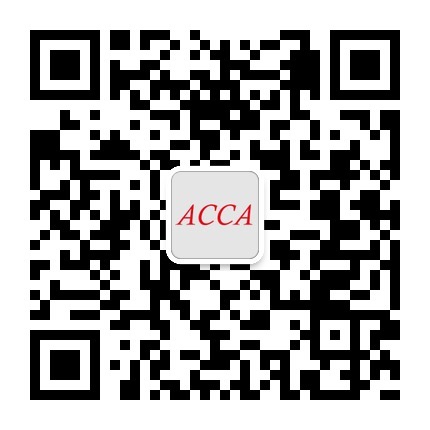每次考试结束ACCA考官都会根据本次考试考生的总体表现情况写报告,具体分析学生在答题过程中出现的问题,总结学生在备考该科目时应该注意的事项,以下是2012年12月F4考官报告:
General Comments
There was a significant drop in the number of candidates passing this exam. This fact has to be considered in the context of an apparently wide divide in the level of performance between well prepared candidates who scored well and indeed very highly in many cases and the inadequate performance of many candidates who appear simply not to have prepared sufficiently for this examination.
The structure of the examination paper, as usual, consisted of ten compulsory questions, each carrying 10 marks. The first seven questions were essentially knowledge based, while the latter three were problem-based scenarios requiring both legal analysis and application of the appropriate law. As in the recent past, the questions tended to be subdivided into smaller subsections in the belief that such subdivision would help candidates to structure their answers. There was a significant reduction in the preparedness of those talking the exam.
As in recent examination reports it is worth noting the continued improvement in the response to the tort question in this paper. However, this was undermined by an inadequate performance in the contract question, many candidates treating it as a tort question. This clearly suggests that at least some candidates remain unsure as to the nature of the different aspects of the law of obligations.
However the three problem scenario based questions continue to provide grounds for concern. Too many candidates were let down by their performance in those questions, which continues to suggest a general lack of analysis and application skills if not general knowledge.
It also appears that there has been an increase in the number of candidates engaging in question spotting with the result that many of the prepared were simply inappropriate, answers to the questions actually asked. What follows will consider the individual questions in and candidates’ responses to the individual questions in the paper.
Specific Comments
Question One
English legal system question on the main sources of English law. On the whole this was very well done with many candidates gaining good marks, if not full marks. Some candidates were confident discussing common law, equity, the doctrine of precedent and legislation. Full marks could be gained even if answers did not mention all sources of law but tended to focus on either precedent or egislation.
However, a high number of candidates clearly were unsure of what exactly was meant by the word ‘sources’ and elected to discuss the difference between civil and criminal law and the remedies available in each of these fields of law. Still others focused on statutory interpretation, which although it could have been an aspect of a good answer, was certainly not central to the question asked.
This relatively unsatisfactory performance in the question would seem to suggest that those candidates who answered incorrectly did not read the question properly and instead produced prepared answers on inappropriate topics.
Question Two
This was a contract question, referring to the specific remedy of damages. It was divided into 2 parts each of which referred to a key aspect of damages and each of which carried 5 marks. Part (a) related to concept of remoteness of damage and part (b) to the measure of damages. (a) Once again answers here were mixed. Some candidates acknowledged that this was a question on breach of contract damages and showed an in depth understanding of the principles established in Hadley v Baxendale and Victoria Laundry. However, a significant number of candidates took the tort approach and there were lots of papers which discussed remoteness of damage, causation and the case of The Wagon Mound. Although similar, the tests are not the same and to use tort examples to explain contract law was simply wrong. This was particularly unsatisfactory as the question specifically stated that it was to be answered within the context of contract law.(b) How well candidates did on this part tended to follow from their performance in part (a). Those candidates who adopted the correct approach in part (a) also scored well in part (b) by outlining the main principles in computation of damages in terms of compensation, financial loss and duty to mitigate. Some candidates continued to refer to remoteness, and the remoteness test. Indeed a number of candidates considered remoteness under part (b) and even more considered measures in part (a), showing a lack of understanding of the distinction between the two elements of the question. A not inconsiderable number of answers even discussed the differences between breach of condition and breach of warranty. Once again not only was this not relevant, but showed a lack of understanding as to the precise scope of the question and a falling back on inappropriate prepared answers.
-
关注公众号
快扫码关注
公众号吧

- 赞338
-


 QQ登录
QQ登录 微博登录
微博登录 微信登录
微信登录























